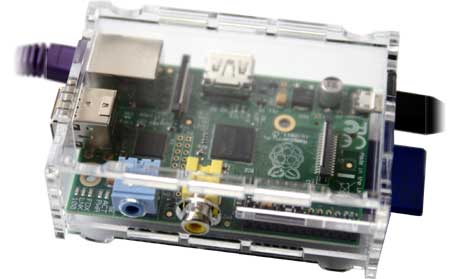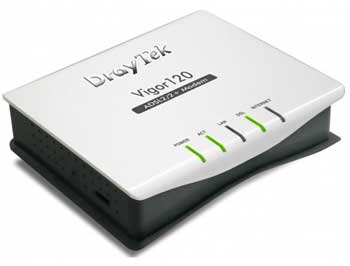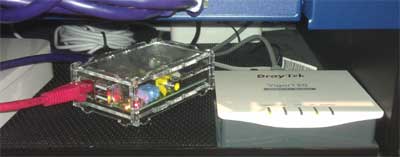Raspberry Pi as a Small Business Internet Gateway
A significant ICT problem facing small businesses (those with less than 15 staff on 1 site) is how to control internet traffic economically.

With the advent of "cloud", or more accurately, hosted, computing more and more systems are less and less dependant on physical location. Backoffice systems, accounting sotware even PBX systems can all be cloud based and not be a (physical) headache. This is all good for a small business that is space limited and doesn't want the management headache (maintenance and backups) of servers on site.
If you're using a VoIP phone system (hosted or not) managing your internet traffic is essential. There might be other reasons that make it desirable too (perhaps ensuring low latency updates between your hosted ecommerce site and your onsite accounting package, or checking up on how much time is spent by staff browsing non work related sites).
VoIP calls need a low latency low jitter connection. The other office traffic sharing your limited ADSL upstream bandwidth (i.e. sending a large email or a sync with DropBox) will cause latency on the outgoing voice and bits of the conversation will drop out.
One option is to have a seperate connection for VoIP phones, but as one of the drivers for a VoIP solution is a saving on phone costs, thus a second ADSL line is not an ideal solution.
Another option is to have a local server (a dedicated PC) act as the office router (CIS is has been a huge advocate of this since the late 90s, for many good reasons), but the arrival of the Raspbery Pi provides a third (preffered) solution.
The Raspberry Pi
The Raspberry Pi is physically small (about the same size as a box of 100 business cards) and requires no forced cooling, nor does it need a hard drive. It has no moving parts.
It also has a full Linux kernel and fully editable file system, distinct from some ADSL routers that have a linux kernel, but can only be reprogramed to a limited degree.

Our solution is to combine a Draytek Vigor 120 (ADSL modem) with a Raspberry Pi and to bring up the ADSL ppp connection on the Pi. This allows normal Linux port based firewalling (iptables) as well as packet inspection firewalling/proxying (squid) and traffic shaping (tc) to be used on the internet connection.
This will ensure a secure, optimised office internet connection without requiring an onsite server.
Costs: £150
- £50 for the Vigor 120
- £30 for the Raspberry Pi
- £15 for a PSU and box
- £55 to set it up (if you want to do this yourself we'll happily provide you with a link to download our modified SD card image - requires a 2GB SD card)
You will still need a seperate wireless router. If your office is really small you can add a USB wiresless adapter, but your wired and wireless network will be routed rather than bridged unless you also add a second USB ethernet port.
The cost is 3x that of a normal ADSL/wireless router combination, but a comparison to a second ADSL line @ £30pm shows a saving in 5 months. This doesn't take into account other advantages from being able to have more control over the services provided.
Here is our first unit in production use:

Using the Raspberry Pi to produce a superiour and cost effective internet gateway device for small businesses
Superior because it can run a full access Linux stack to allow QoS (Quality of Service) for your VoIP phone system and cost effective because you don't need to buy a dedicated PC server.
At a total cost of £150 it is 3x that of the alternative ADSL wireless router combination, but still less than half the cost of a dedicated PC router, and has no moving parts to fail nor does it need cooling. Compared with the cost of an additional ADSL line breakeven happens at around 5 months.
There are definitely even cheaper to purchase ARM-based ADSL options available, but they require more (expensive) effort to maintain or will not have the flexibilty of the Raspberry Pi running a full install of Linux.

 Take a look at our QR code, if you hover over it you can scan our full VCard.
Take a look at our QR code, if you hover over it you can scan our full VCard.